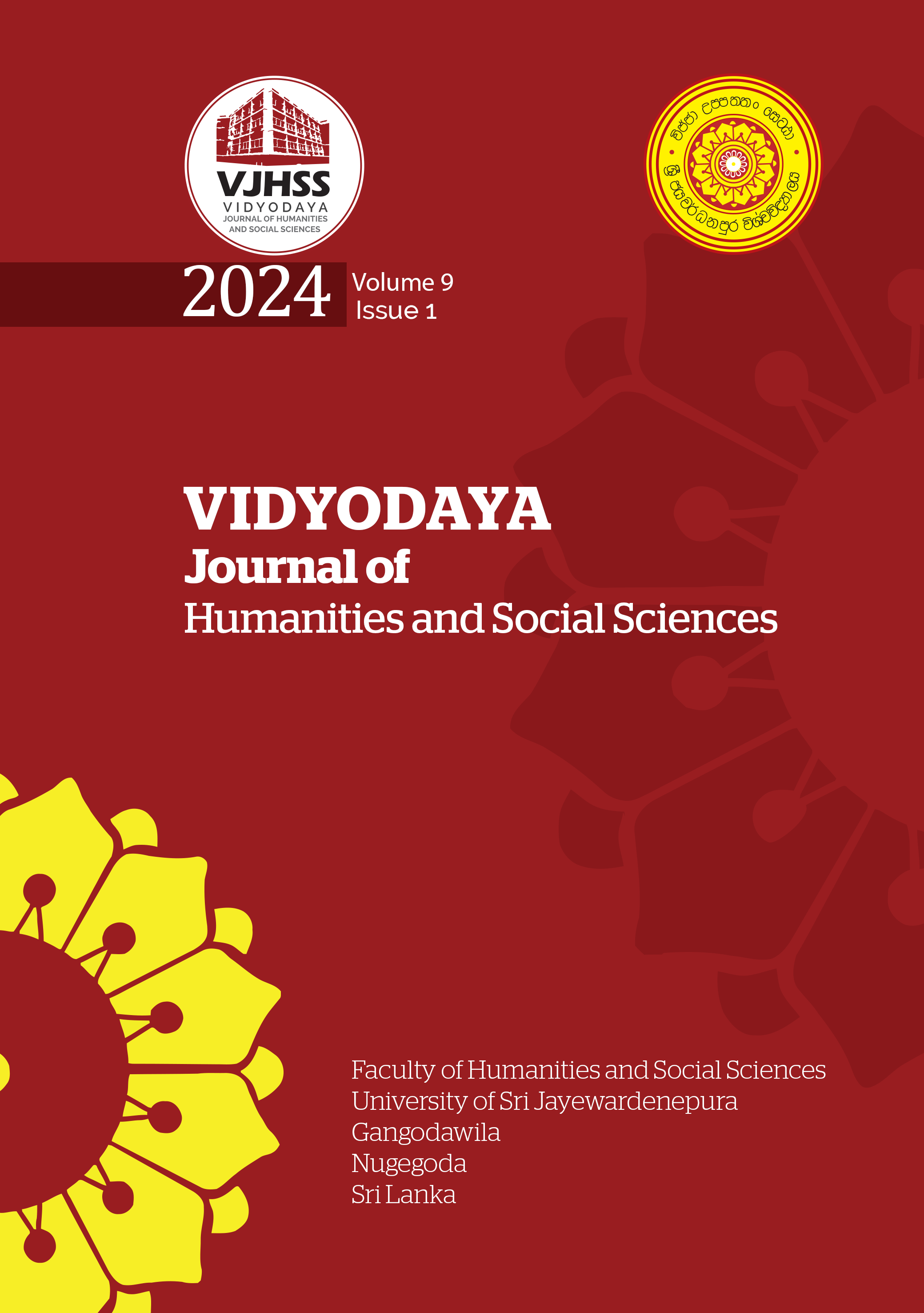Applying Geo-Spatial Techniques to Determine the Temporal Variation and Conversion Pattern of Land-Use Surrounding Negombo Lagoon
Abstract
Remote Sensing technology and Geographic Information Systems are the major partners in geospatial technology and they play a vital role in surface, subsurface and above earth’s studies. It provides a better platform for researchers specially in the fields of regional planning, disaster management, natural resources management etc. Observing land-use patterns in a particular area forms a basis for decision making in these fields. The study has the purpose of applying geo-spatial techniques to determine the temporal variation and conversion pattern of land-use surrounding Negombo lagoon. For that, the study has used Landsat imageries of 2003, 2009, 2015 and 2021 from the United States Geological Survey. ISO Cluster Unsupervised Classification method and data conversion tools were used to create initial layers for analysing the land-use in selected four years by using Arc GIS 10.4. software. Intersect and field calculators were used to get a better understanding of the variation of land-use through classified Landsat imageries of respective years. The results will support for measuring area of the conversion of different land-use into another and / or within the same category in a particular area throughout the time. The study concluded that, the used techniques could measure only the temporal variation of major land use types; water bodies, vegetation, built-up areas and cultivations but the minor categories of land uses were unable to detect. However, the better spatial and temporal resolution data enables to improve results to avoid such issues.



